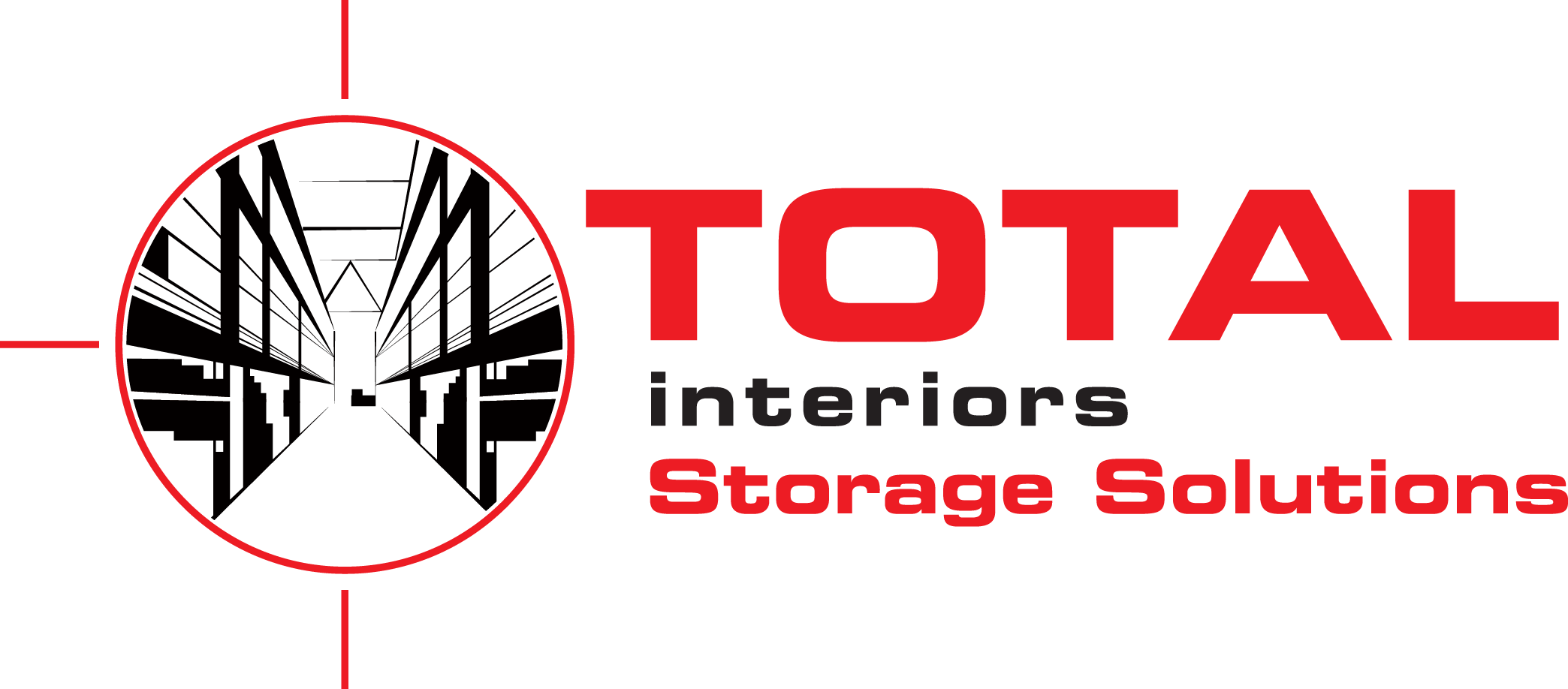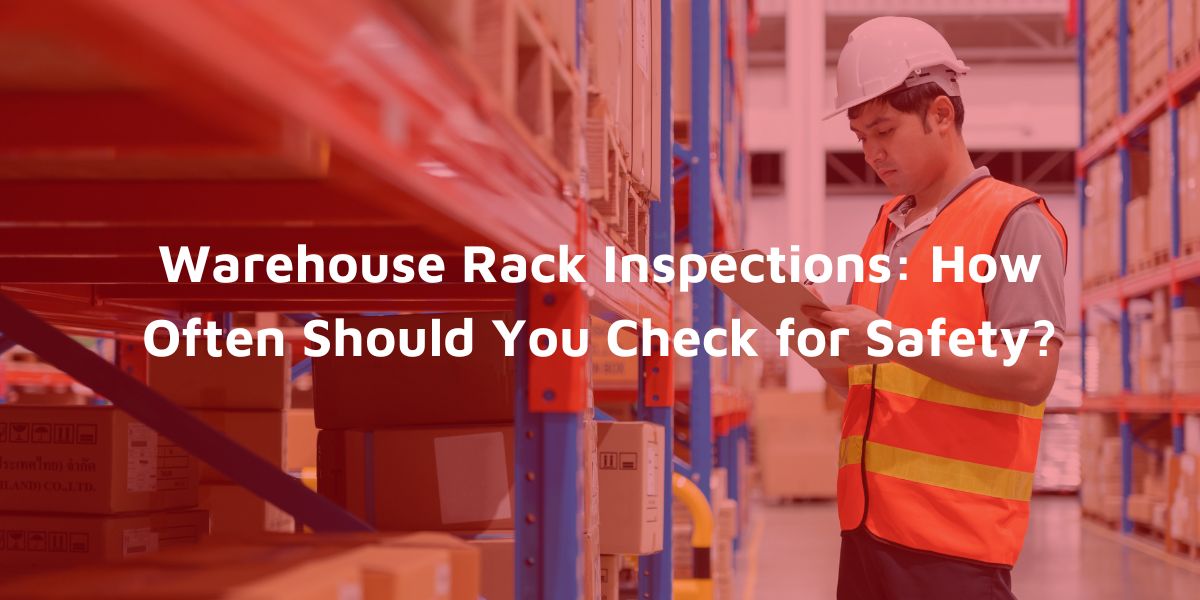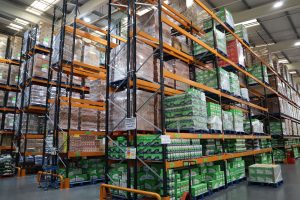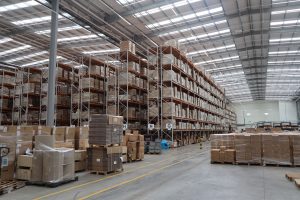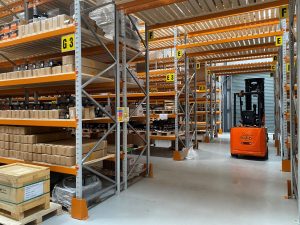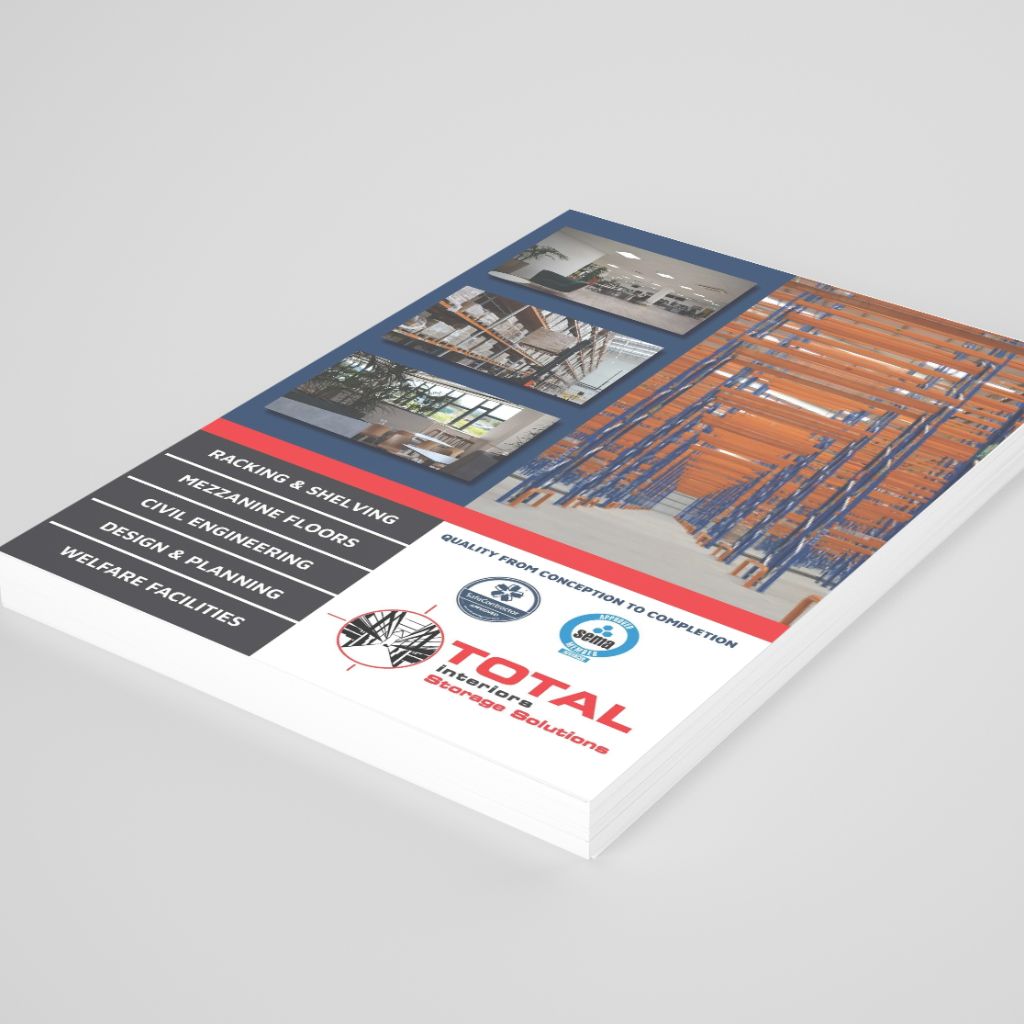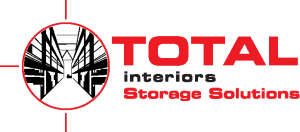Warehouse racks play a vital role in efficient storage and logistics, but neglecting regular inspections can lead to serious safety risks. A damaged or overloaded rack system can cause accidents, injuries, and costly downtime. To keep your warehouse safe and compliant, regular warehouse rack inspections are essential.
In this guide, we’ll cover:
- How often you should inspect your warehouse racks
- The key issues to look for during inspections
- UK regulations and compliance tips for warehouse safety
Why Are Warehouse Rack Inspections Important?
Warehouse racks hold heavy loads and are subject to daily wear and tear. Even minor damage can weaken the structure, increasing the risk of collapse. Regular inspections help:
✅ Prevent accidents and injuries – Identifying damage early reduces the chances of racking failures.
✅ Ensure compliance with UK regulations – Following industry standards helps avoid legal and financial penalties.
✅ Extend the lifespan of racking systems – Routine checks and maintenance prevent costly replacements.
✅ Improve warehouse efficiency – A well-maintained rack system ensures smooth operations and maximises storage capacity.
How Often Should You Inspect Warehouse Racks?
The frequency of inspections depends on warehouse size, usage, and risk factors. Here’s a general guideline:
1. Daily Visual Checks
- Carried out by warehouse staff as part of routine operations.
- Look for visible damage, loose components, and misalignment.
- Report any issues immediately.
2. Weekly or Monthly Supervisor Inspections
- Conducted by warehouse managers or safety officers.
- More detailed than daily checks, covering stability, load capacity, and structural integrity.
- Use a checklist to ensure consistency.
3. Annual Expert Inspections (SEMA Racking Inspections)
- Required at least once a year by a Rack Inspector.
- A professional evaluates racking according to UK standards and provides a detailed safety report.
- Helps identify hidden defects that may not be visible during routine inspections.
⚠️ High-risk warehouses (e.g., heavy forklift traffic, high storage loads) may need more frequent expert inspections.
What to Look for During a Warehouse Rack Inspection
When inspecting warehouse racks, focus on these key areas:
1. Structural Damage
🔹 Dents, cracks, or bent beams – Weakens the load-bearing capacity.
🔹 Rust or corrosion – Reduces the strength of the metal.
🔹 Loose or missing bolts – Can cause racking instability.
2. Overloading and Weight Distribution
🔹 Ensure weight limits are followed – Check manufacturer guidelines.
🔹 Watch for uneven loading – Unbalanced racks can lead to collapse.
🔹 Check for deflections – Excessive bending in beams is a warning sign.
3. Rack Alignment and Stability
🔹 Leaning or misaligned frames – Could indicate foundation issues.
🔹 Damaged floor fixings – Loose bolts or broken base plates can make racks unstable.
🔹 Upright protection barriers – Must be intact to prevent forklift collisions.
4. Safety Signage and Load Notices
🔹 Clearly visible weight capacity labels – Prevents overloading.
🔹 Proper safety signage – Guides workers on safe racking practices.
🔹 Missing or outdated labels – Must be replaced to ensure compliance.
UK Industry Regulations & Compliance Tips
1. SEMA (Storage Equipment Manufacturers’ Association) Guidelines
SEMA sets the standard for warehouse racking safety in the UK. Following their recommendations ensures compliance and best practices.
✅ Annual expert inspections by a inspector
✅ Proper training for warehouse staff on rack safety
✅ Immediate reporting and repair of damaged racks
2. Health and Safety at Work Act 1974
Employers must ensure a safe working environment, including maintaining warehouse racks in good condition.
🚨 Failure to comply can result in legal penalties, fines, or business shutdowns.
3. PUWER (Provision and Use of Work Equipment Regulations 1998)
PUWER requires employers to keep equipment, including warehouse racks, in a safe, working condition.
✅ Regular inspections and maintenance
✅ Repairs by qualified professionals
✅ Training for staff on safe racking usage
4. HSE (Health and Safety Executive) Recommendations
HSE advises businesses to follow SEMA guidelines and conduct risk assessments to prevent workplace injuries.
📌 Tip: Keep a record of all inspections and repairs to show compliance in case of audits or accidents.
Best Practices for Safe Warehouse Racking
🔹 Train staff – Ensure employees know how to inspect racks and report issues.
🔹 Label weight limits – Prevent accidental overloading.
🔹 Use rack protection – Install column guards and barriers to reduce forklift damage.
🔹 Enforce a maintenance plan – Schedule routine checks and repairs.
🔹 Act immediately on damage reports – Don’t wait for minor damage to become a major issue.
Final Thoughts
Warehouse rack inspections are crucial for safety, compliance, and efficiency. By implementing regular checks, following UK regulations, and investing in professional inspections, you can prevent accidents, avoid fines, and extend the life of your racking system.
🔹 Daily checks by staff
🔹 Routine inspections by supervisors
🔹 Annual expert evaluations
Taking a proactive approach to warehouse safety ensures a smooth and secure operation. Need help with racking solutions or compliance? Contact Total Interiors Direct for expert advice!
